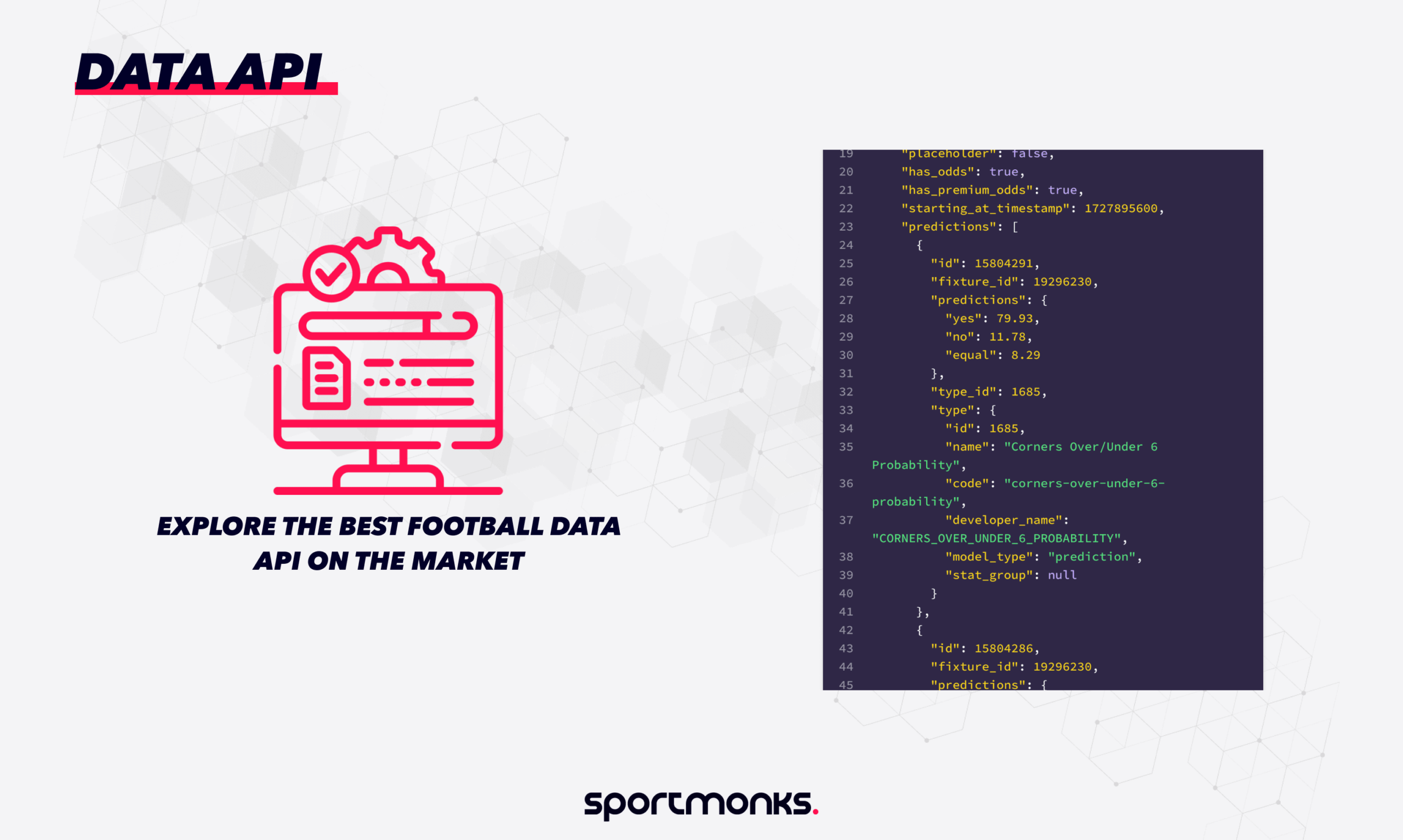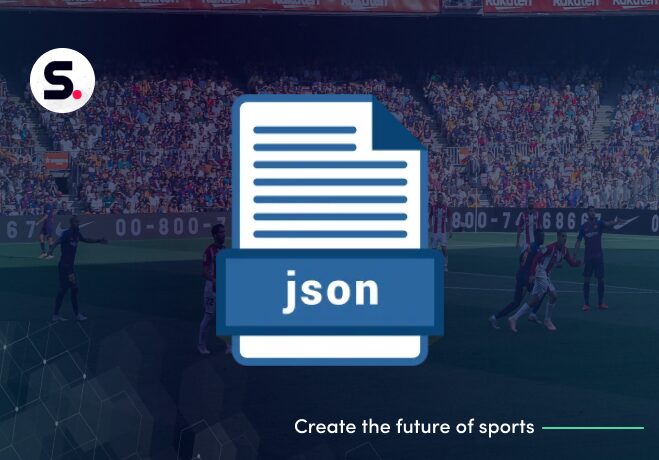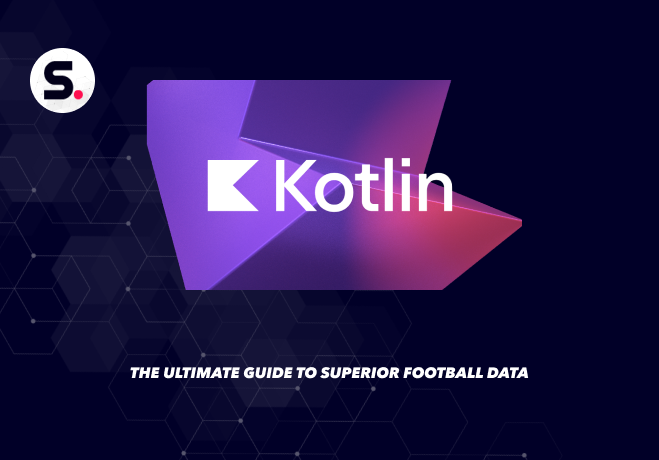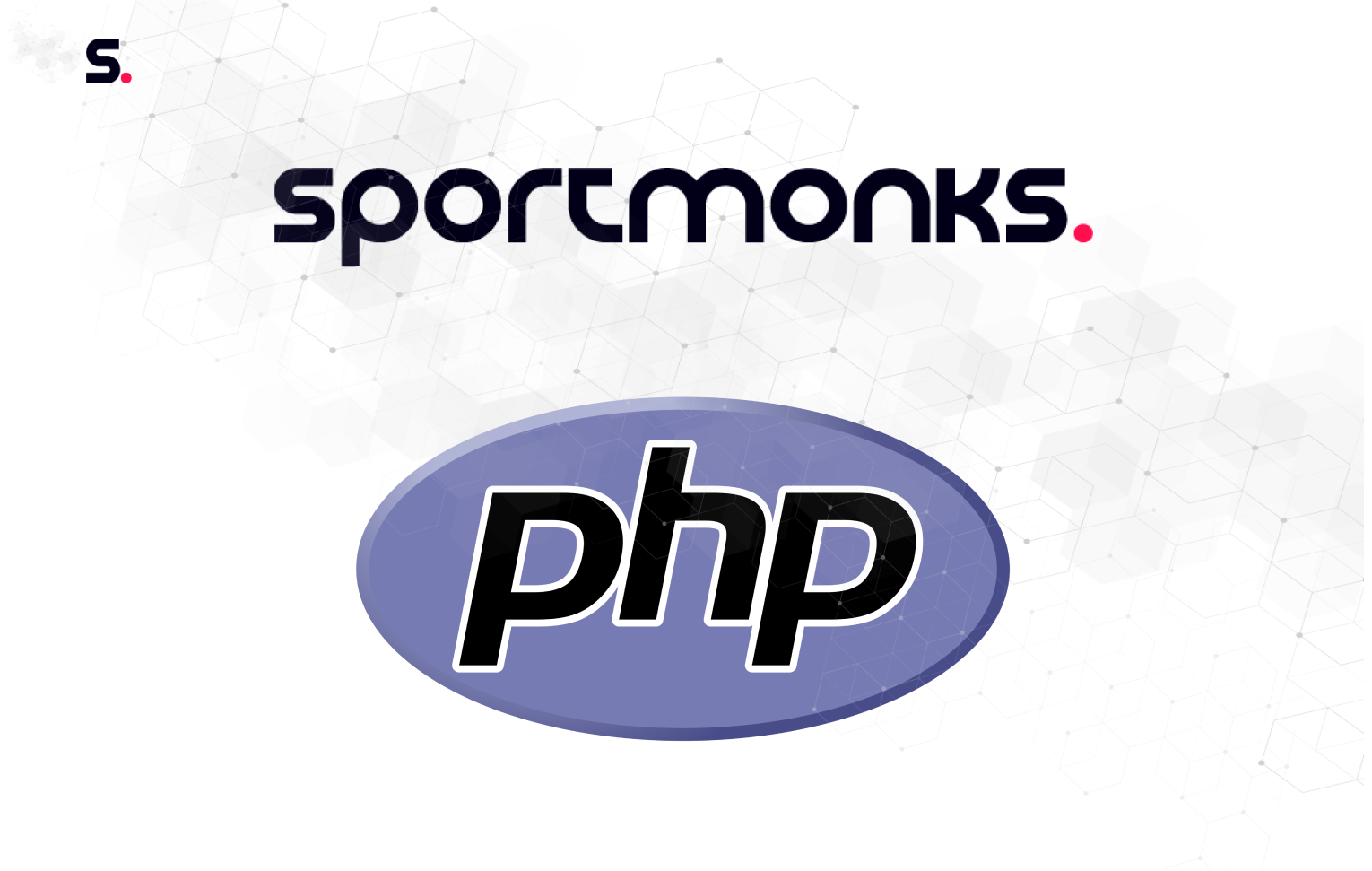
Contents
What is a data API?
A data API (Application Programming Interface) is a tool that enables applications to access and interact with data from a specific system or source, such as a database or cloud service. It provides a structured way for developers to retrieve, send, and manage data without needing to know the underlying storage details. Unlike general APIs, data APIs are specifically focused on providing controlled access to and manipulation of data.
Main features of data APIs
– Structured access: Data APIs provide clear rules for requesting and receiving data, usually in formats like JSON or XML. This makes it easier for apps to read and use the data.
– Abstraction: They hide the technical details of how data is stored. Developers just use the API’s set endpoints and don’t need to know how the backend is built.
– Controlled access: Security features in data APIs limit who can see or change data. This helps protect private or sensitive information.
– Standard communication: Most of them use common internet protocols like HTTP. This makes them work well with many different apps and systems.
– Optional data changes: Some of them can filter, sort, paginate or change data before sending it to the app, helping the app run faster by doing some of the work on the server.
– Metadata support: Good ones often give extra details (metadata) about the data—like what each field means or how data is linked—making the API easier to understand and use.
– Version control: When updates are made, APIs may offer different versions. This lets developers keep using the old version while testing or switching to the new one.
– Clear documentation: A helpful data API has easy-to-follow guides that explain how to use it, including available features, data formats, and request examples. For instance, Sportmonks’ GET focused API has an industry standard documentation page which helps developers know how to query and get the exact information they need.
Common uses for data APIs
Data APIs are used in many industries and applications to access and share data easily. Here are some of the most common ways they’re used:
– Web / mobile apps: They help websites and mobile apps get information like user data, product details, and dynamic content from backend systems to show to users.
– Connecting different systems: Businesses use them to link different tools—like CRM, ERP, or marketing platforms—so data can move smoothly between them.
– Creating data mashups: A mashup combines data from different sources into one view. For example, a property app might mix house listings with map data from another API.
– Business analytics: They let analytics tools get the data they need from other systems, making it easier to build reports and get insights.
– Machine learning: APIs can feed data into machine learning models to help them learn patterns and make predictions. A perfect example of this is Sportmonks’ prediction API which consumes large amounts of historic football data in order to give football predictions for users, bookmakers and developers.
– Open data access: Governments and organisations sometimes share public data using APIs. This allows researchers, developers, and the public to use the data easily.
– Selling data: Companies like Sportmonks offer an extensive range of football data through APIs and charge users based on the range of data you require which makes it a great financial asset.
– Real-time updates: Some APIs send data in real time—useful for apps like stock trading platforms or live sports scores that need instant updates.
– Working with external services: Many apps use data APIs to connect with third-party services like payment processors (e.g., Stripe, maps, social media, or weather updates).
Types of data APIs
Data APIs can be grouped in different ways, depending on how they work and what they are used for. Here are some common types:
– RESTful APIs: These APIs use standard web methods like GET (to get data), POST (to add data), PUT (to update), and DELETE (to remove). They often use JSON and are simple, fast, and widely used.
– GraphQL APIs: GraphQL lets apps ask for exactly the data they need, which helps reduce extra data transfer and improves speed. It uses a strong type system and gives more control over queries.
– SOAP APIs: SOAP is an older method that uses XML and detailed contracts (WSDL) to define how systems talk. It has more built-in support for things like security and transactions.
– Database APIs: Some databases—especially NoSQL ones—offer their own APIs. These let developers work directly with data in a way that matches the database’s structure and features.
– File-based APIs: In some cases, data is shared through downloadable files (like CSV or JSON) using simple APIs.
– Streaming APIs: Streaming APIs send data updates in real time, using tools like WebSockets or Server-Sent Events (SSE). These are great for live apps like stock tickers or live sports scores
Benefits of using data APIs
Using them brings many advantages for both those sharing data and those using it:
– Easier access to data: APIs hide the hard parts of dealing with data storage, giving developers a clear and simple way to get the information they need.
– Saves time and resources: APIs let apps automatically get data, which is faster and more efficient than manual methods.
– Works across systems: APIs help different systems share data, even if they’re built with different tools or technologies.
– Better security and control: Data APIs can include rules about who can access what. They support login controls and encryption to keep data safe.
– Faster development: Well-documented APIs help developers connect systems quickly, making it easier to build apps and launch features faster.
– Handles growth: Good APIs are built to work well even as data size or user numbers increase.
– Encourages innovation: By mixing data from different sources, developers can build creative new tools and apps.
– Make money from data: Businesses can sell access to their data through APIs, letting others build services on top of it.
– Real-time use: Streaming APIs allow apps to get and use data right as it’s created, useful for things like live analytics.
– Less maintenance: Apps using APIs don’t need to store large amounts of data themselves, which lowers storage and upkeep costs.
Challenges and considerations for data APIs
While data APIs are very useful, there are some challenges to keep in mind when building and using them:
– Security: Data APIs must be secure. It’s important to check who is calling the API (authentication) and what they are allowed to do (authorisation). This helps prevent data leaks and protects private information.
– Performance and scalability: APIs need to respond quickly and handle many users at once. This requires smart planning and design, especially when working with large amounts of data.
– Data quality and governance: The data shared through an API needs to be accurate and reliable. Setting clear rules for managing data helps keep it consistent and useful.
– API design and documentation: A well-planned API is easier to use. Clear names, predictable data formats, and strong documentation help developers understand and use the API correctly.
– Versioning: As APIs change, older apps may still rely on previous versions. Using version control helps avoid breaking older apps when updates are made. For instance, Sportmonks has moved from the old version 2 to the newer version 3 of their API, which made it easier for developers to migrate as well.
– Rate limits: To stop misuse and keep things fair, APIs often limit how many requests a user can make in a set time. Setting these limits correctly is important. Sportsmonks implements this and returns a 429 error when a user exceeds their plan limit.
– Monitoring and logging: It’s important to track how the API is used and spot problems early. Good logging and monitoring tools help with this.
– Cost: APIs can be expensive to build and maintain. Costs may include servers, development time, and ongoing support.
– Data preparation: Sometimes, the data needs to be cleaned up (eg, remove white space, prefixes and meta-data) or combined from different sources before sharing it through an API. This can add extra steps.
– Discoverability: If other people are meant to use the API, it needs to be easy to find and understand. This is especially important for public or partner APIs.
Technologies and standards used in data APIs
Communication protocols
– HTTP/HTTPS: Used for most web-based APIs.
– TCP/IP: The basic network setup underneath.
– WebSockets: Used for real-time data exchange.
– gRPC: A fast and efficient way for different services to talk to each other.
Data formats
– JSON: A simple and common format for sending data.
– XML: An older format, still used in some systems.
– CSV: Easy-to-read format for spreadsheet-style data.
– Protocol buffers: A compact format used with gRPC for speed and efficiency.
API styles
– REST: A common style focused on using standard web methods.
– GraphQL: Lets users ask for exactly the data they need.
Security methods
– OAuth 2.0: Lets apps access data without sharing passwords.
– API keys: Simple tokens to identify who is using the API.
– JWT (JSON Web Tokens): A secure way to send information.
– TLS/SSL: Encrypts data to keep it safe while being sent.
API management tools
Platforms like Kong, Apigee, and Mulesoft help manage APIs by offering features like security, monitoring, and traffic control.
Databases
The type of database used (like PostgreSQL, MySQL, MongoDB, or Cassandra) affects how the API works and what features it can support.
Programming languages and frameworks
Developers use tools like Python, Java, Node.js, and Go, along with frameworks such as Django, Spring, and Express.js to build APIs.
Get the best sports data with Sportmonks
Discover the best football data with Sportmonks. Whether you’re building an app or following your favourite teams, we offer everything you need (player stats, team performances, and match results). With coverage of over 2,500 leagues and competitions around the world, Sportmonks gives you the most accurate and up-to-date information. Sign up today and start using the best sports data for your projects.




